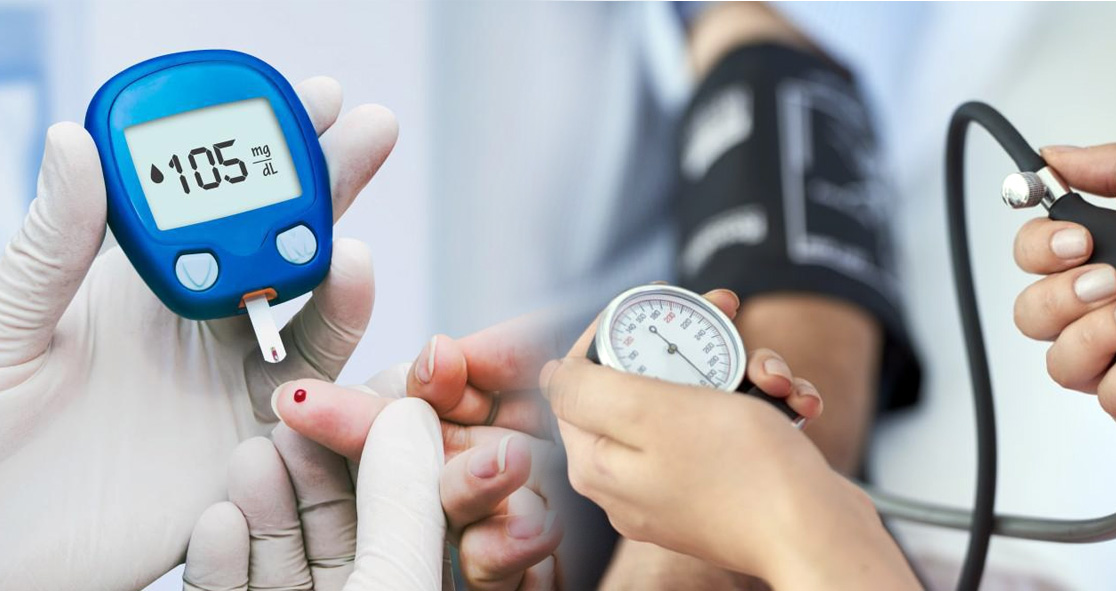An international team of researchers has finally answered a long-standing question of why most patients with hypertension (high blood pressure) also have diabetes (high blood sugar), according to Science Daily.
The researchers, who published their findings Tuesday in Circulation Research, discovered that a small protein cell called glucagon-like peptide-1 (GLP-1) couples the body’s control of blood pressure and blood sugar.
Senior researcher Prof. Julian Paton said, “We’ve known for a long time that hypertension and diabetes are inextricably linked and have finally discovered the reason, which will now inform new treatment strategies.”
Prof. Paton is the director of Manaaki Mãnawa – The Centre for Heart Research at the University of Auckland.
It is known that GLP-1 is secreted by the gut wall after you eat, which stimulates insulin from the pancreas to control blood glucose levels. But, now, the researchers said GLP-1 also stimulates the carotid body, a chemoreceptor located in the adventitia of the bifurcation of the common carotid artery. It is a small sensory organ.
Senior author Prof. David Murphy of Bristol Medical School: Translational Health Sciences (THS) explained, “Locating the link required genetic profiling and multiple steps of validation. We never expected to see GLP-1 come up on the radar, so this is very exciting and opens many new opportunities.”
Prof. Paton said, “The carotid body is the convergent point where GLP-1 acts to control both blood sugar and blood pressure simultaneously; this is coordinated by the nervous system which is instructed by the carotid body.”
People with both hypertension and diabetes are at greater risk of developing life-threatening cardiovascular disease. The risk is high even after taking medicines most drugs only treat symptoms and not the cause.
Prof. Rod Jackson of the University of Auckland said, “We’ve known that blood pressure is notoriously difficult to control in patients with high blood sugar, so these findings are really important because by giving GLP-1 we might be able to reduce both sugar and pressure together, and these two factors are major contributors to cardiovascular risk.”
Lead author Audrys Pauza of Bristol Medical School said, “The prevalence of diabetes and hypertension is increasing throughout the world, and there is an urgent need to address this.”
“Drugs targeting the GLP-1 receptor are already approved for use in humans and widely used to treat diabetes,” he explained. “Besides helping to lower blood sugar these drugs also reduce blood pressure, however, the mechanism of this effect wasn’t well understood.”
“This research revealed that these drugs may actually work on the carotid bodies to enact their anti-hypertensive effect,” Pauza added. “Leading from this work, we are already planning translational studies in humans to bring this discover into practice so that patients most at risk can receive the best treatment available.”























